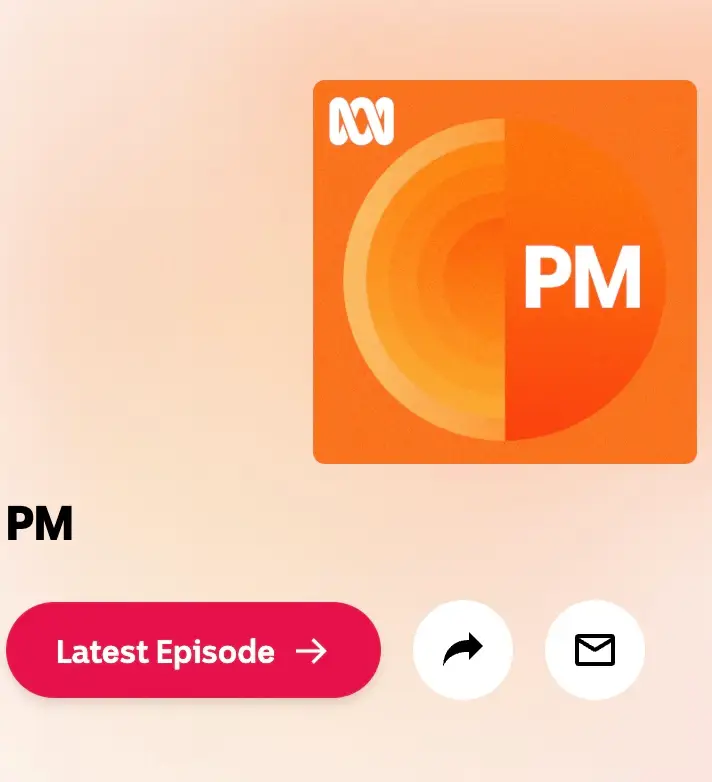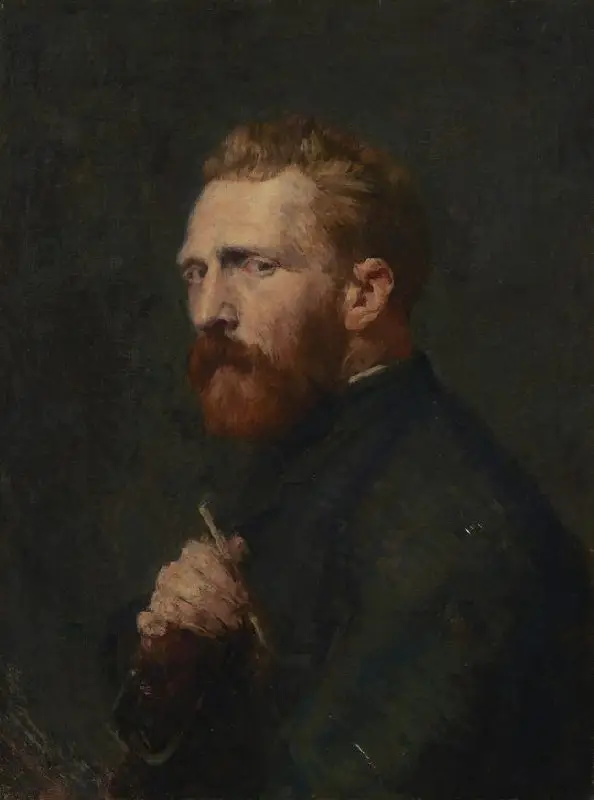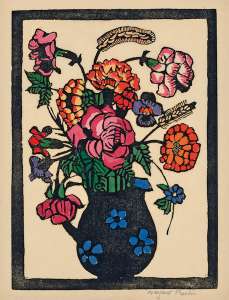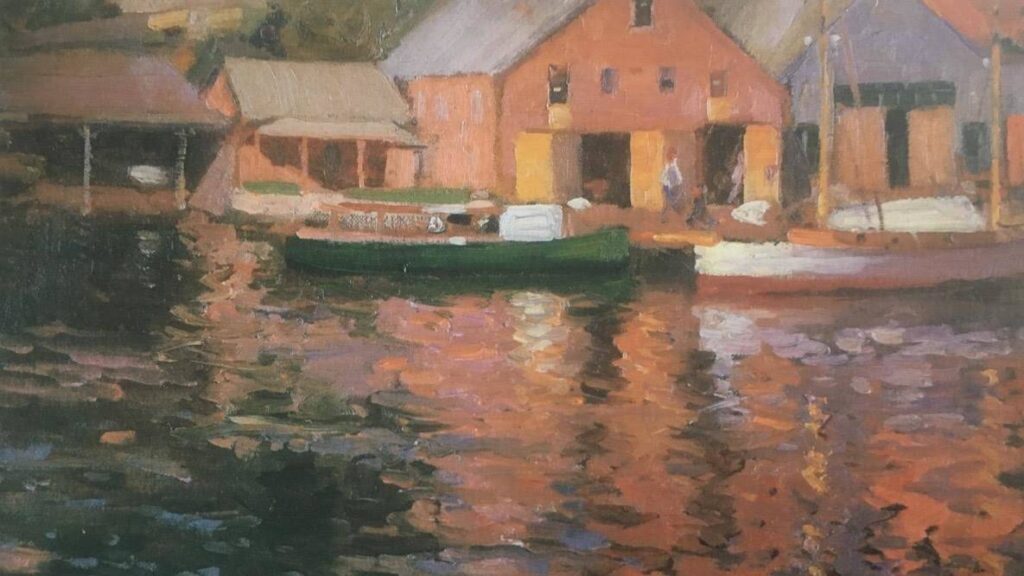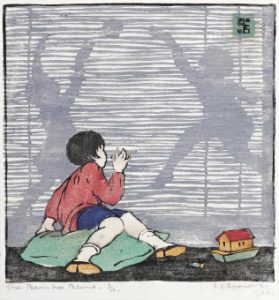Katie Hamann reported this story on Friday, 9 August 2013, 18:46:00 on Radio ABC News, PM. Click to listen to the interview.
PETER LLOYD: For the better part of a decade, Indigenous Australian art was at the top of many collectors ‘must have’ list.
After hitting a high of $26 million in 2007, turnover has plummeted to around $8 million annually.
Indigenous art dealers and experts say the global financial crisis is only one part of the story, and that much of the blame for the downturn can be directed at the government, and their changes to the way superannuation funds can be used to invest in art.
Katie Hamann reports.
KATIE HAMANN: At the turn of the century, sales of Aboriginal art began a feverish upwards trend. It was driven in part by a prevailing view that art was comparable to shares in terms of risk, and according to Access Economics in 2004, a better bet than bricks and mortar.
Figures from the Australian Art Sales Digest show that Indigenous art sales peaked in 2007 at $26 million before plummeting by half a year later. And despite the economic recovery of recent years, this downwards trend has continued.
David Hulme is managing director of Banziger-Hulme fine arts consultants.
DAVID HULME: I would say that sales are down more like 60 in some cases 70 per cent, whereas the rest of the market is more like sort of 30 to 50 per cent. So it hasn’t been affected as badly. We were affected by I suppose an over-supply and I mean a bubble really, we did have a bubble in the Aboriginal art market, there’s no doubt about that, and it well and truly burst sort of 2007-08 with the GFC.
KATIE HAMANN: David Hulme believes much of the blame for the declining value of Indigenous art can be directed at the Government and their changes to superannuation rules.
The changes, which were part of a broad review of the Indigenous art sector in 2007, mean that collectors can still invest in art through their super funds but are not allowed to enjoy the benefit of their investment until they reach retirement age.
DAVID HULME: It seems that accountants now are advising their clients to simply sell the work out of their fund and I’m having to provide valuations all the time for that kind of scenario and also selling the work, which also again puts pressure on because these works are getting sold at auction for less than they really should be selling. And a lot of those artists now have no profile and are being sold purely as decorative art.
KATIE HAMANN: Francesca Cavazzini is an Aboriginal art specialist with the auction house Bonhams. She says many investors who purchased art through their superannuation fund have been forced to sell, or worse still, store their collection.
FRANCESCA CAVAZZINI: It also seems to be affecting the artist themselves, where the works that they you know would like to see out in the world and being seen are instead being stored away for nobody to see for many, many years until as you say the owners of the works are in retirement and can move them on.
KATIE HAMANN: As part of their 2007 review, the Government recommended the creation of a code of conduct and changes to the way Indigenous art communities were managed, in an effort to stop profiteering and exploitation of artists.
David Hulme says the increase regulation of artist centres has meant many private dealers and even artists have been shut out of the market.
DAVID HULME: It’s the commercial word that made this successful, you know, we’re… the Government’s going against it. They’re working against you know the creativity which these artists are producing, galleries are out there promoting.
KATIE HAMANN: Adding to these woes, say dealers and some artists, was the introduction in 2010 of a re-sale royalties scheme, designed to ensure profits from ongoing sales of artwork are shared with artists.
Under the scheme, artists receive five per cent of the sale price when eligible artworks are re-sold commercially for $1,000 or more.
Francesca Cavazzini says this too has had a downward pressure on prices.
FRANCESCA CAVAZZINI: I believe the intent was a good one and I believe that the ideas behind it were well-intentioned, but perhaps the way that it was implemented was not the best way. But as it stands you know the management for the auction houses and other art industry specialists is very fiddly and very burdensome and this is having a huge effect also.
PETER LLOYD: That’s Francesca Cavazzini from the auction house Bonham’s ending that report by Katie Hamann.
